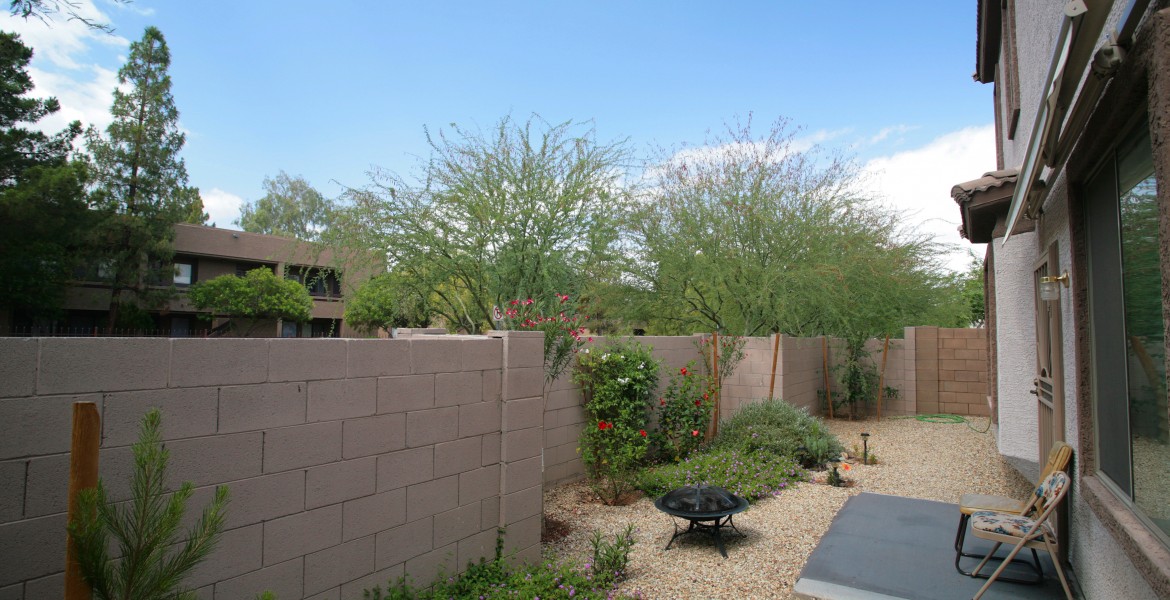When thinking about redesigning your garden, gravel is a great material to choose for all sorts of reasons. It’s an excellent solution to cut garden design costs as it is both easy to lay and affordable if you are covering large areas.
Aesthetically, it is perfect for finishing the edges of paving and it also doubles as a low maintenance garden solution. This makes it easier to care for than soil and is the ideal material for creating a more rustic finish.
Where Can I Use Gravel?
A versatile material that can be used in both contemporary and traditional style gardens, gravel is perfect whether you want to add touches of gravel around the edges of a patio, create a particular style of garden with expanses of gravelled bedding or use gravel to create a pathway or driveway.
Which Colours are Available?
Ideally, choose your gravel to accent or complement what is already present in the garden, especially the fabric of the house and the local natural stone. Today’s market is awash with some fantastic bright colours and you can really have some fun with your design by adding some painted gravel such as Rockin’ Colour™ or by choosing a more natural but equally striking material such as marble stones.
If your garden gets a lot of shade, you might want to choose a pale coloured gravel or paving that has natural light reflecting qualities to brighten your garden up.
Which Size Gravel Should I Choose?
For footpaths and driveways, a medium sized gravel (14mm or 20mm) that won’t move around too much (or get stuck in tyres) but is still comfortable to walk on is the best solution.
Cobbles and larger stones or boulders are perfect for filling awkward shapes in garden borders, to highlight planting, to add interest in corners, to soften the edges of paved or decked areas and to define separate zones within the garden.
Which Type of Gravel Stone Should I Pick?
Most gravels will cope with general garden use. Harder stones, such as granite or basalt cope better with heavy traffic so bear that in mind when deciding on a type of stone. If you’re not sure if a certain gravel is suitable for your project, please be sure to ask. Picking the correct stone for the job will ensure that you get the maximum life out of your purchase.
Loose gravel is perfect for country style gardens but can work equally well in a more contemporary design too. Water-permeable and easy to lay yourself, bear in mind that unless you invest in a gravel containment solution, it will be prone to losing stones. This is due to use so raking stones back into place will become a regular maintenance job and you will also find that your gravel needs topping up every now and then.
Self-binding gravel will work in both traditional and contemporary gardens. It works by knitting together once compacted to form a solid base and surface. This gravel looks more natural than resin-bound gravel, is permeable and can be used on slopes of less than one in 15.
What Should I lay Gravel on?
You will need to create a good solid foundation for gravel that's to be used as a pathway or seating area and be sure to check the levels carefully. Before you lay the gravel over soil in a flowerbed, simply level the soil, then apply a weed block fabric to stop perennial weeds taking hold.
We are experts when it comes to gravel and we are on hand to help you from the start to the finish of your project. From sizing up the load you will need to pricing up and delivery, our team of experts are ready to help. Just call us on 028 2589 2488



-1170x600-800x450h.jpg)